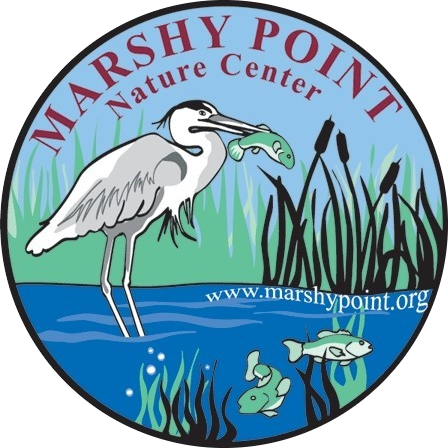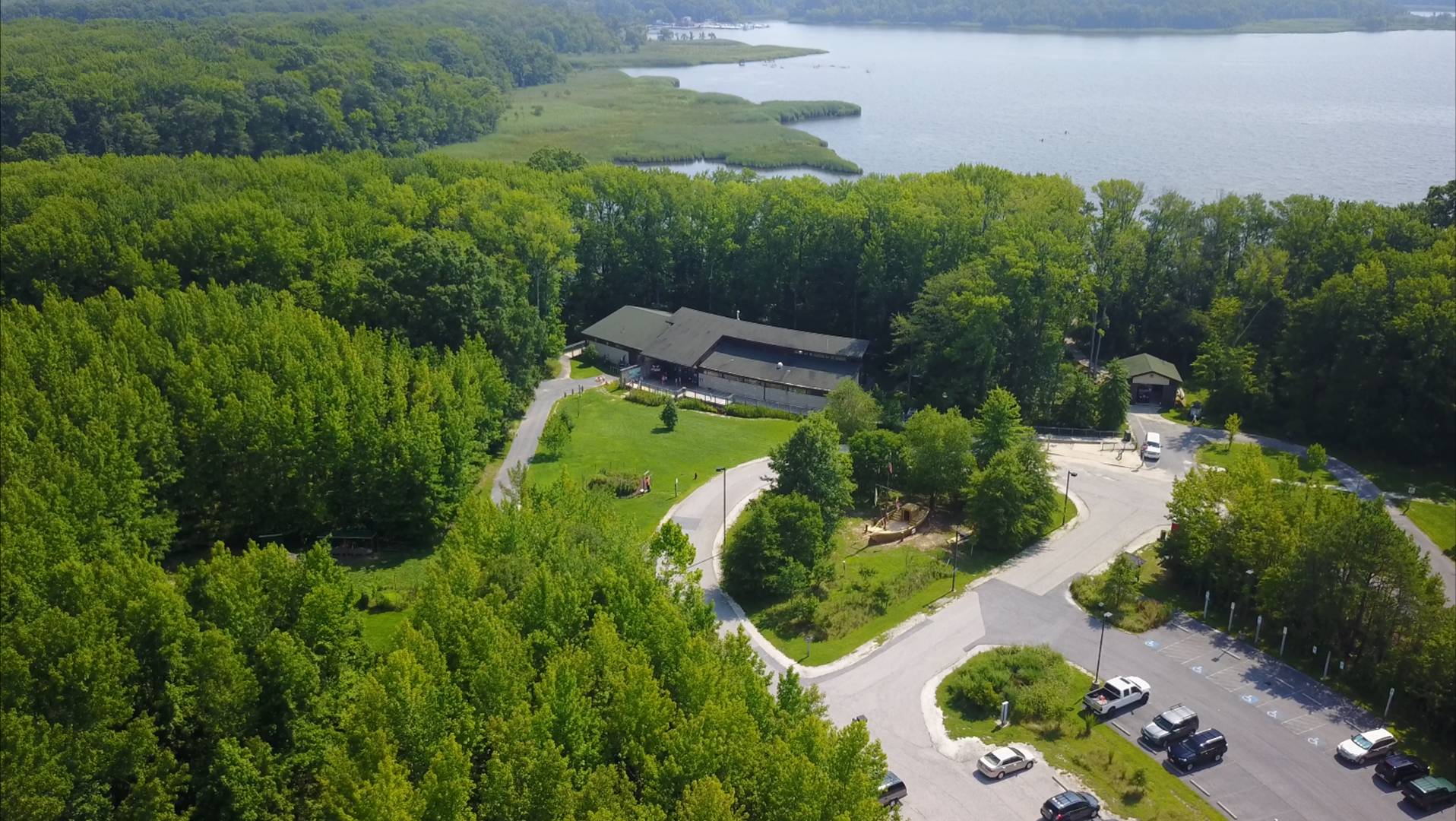Blue Crabs are buried in the mud, White Perch have hunkered down in deep water, Ospreys are enjoying the Florida sun, but Winter on the Chesapeake has brought dozens of different types of waterfowl to the creeks around Marshy Point.
The old timers recall rafts of ducks so thick that “you could almost walk across the water on their backs.” The flocks are not as abundant today as they once were but on most winter days visitors to Marshy Point can see mixed flocks of coots, ducks, and on the coldest of days, tundra swans.
The Chesapeake Bay is a major destination along the Atlantic Flyway and a full one-third of all migratory waterfowl along the Atlantic Coast spend the winter here. Although some species of ducks such as mallards and some resident canada geese can be seen all year around, most waterfowl migrate to the Chesapeake from Canada, the Upper Midwest, Greenland, and Alaska. They have spent the summer raising their young in these northern areas and arrive on the Chesapeake between August and November to eat their way through the winter. Wild rice, submerged aquatic vegetation, clams, and small crustaceans are the items on the menu, depending on the duck.
Waterfowl are closely connected to the history of the park. Marshy Point Ducking Club drew famous hunters including President Benjamin Harrison, Babe Ruth, and Annie Oakley. Today, the ducks are more often viewed through binoculars than along a gun barrel, so go grab your coat, field guide, and binoculars and head to Marshy Point to check out our winter waterfowl. When you need to warm up, stop in the Nature Center and spend some time visiting with Quacky the Duck.

